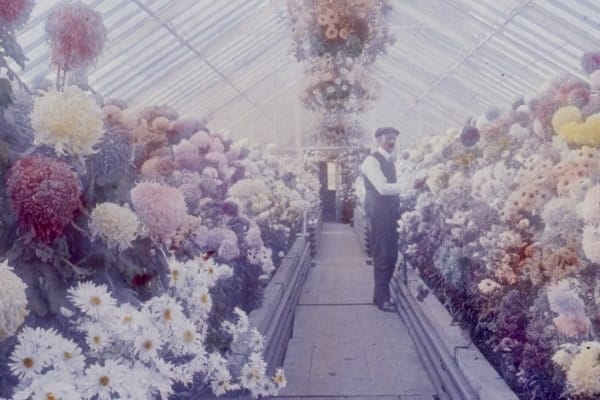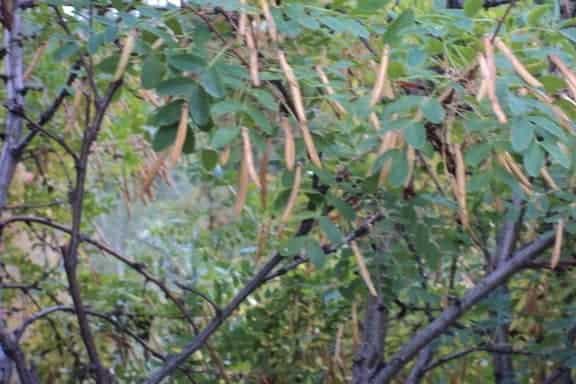Every gardener loves the sight and scent of fresh flowers in their garden. It is equally exciting to grow varieties of cut flowers to display in your home and to give away as gifts for family and friends.
There are many varieties of plants that work well in a cut-flower garden. Typically, long-stemmed perennials and annual flowers perform best. Annuals are proliferous bloomers that bloom repeatedly after each harvest.
The best varieties of flowers to use in cut flower arrangements are those that, after harvest, last a minimum of five to seven days in a vase.
Start by choosing a variety of your favourite fresh flower combinations to complement your home’s style and decor. For arrangements using round and filler flowers, try a combination of peonies, hydrangea, roses, statice and Gypsophlia.
For larger vases, with lots of height, try growing ornamental grasses with spiky linear flowers such as delphinium, liatris and larkspur. For added colour and texture, plant a selection of foliage: sage, lavender, coleus, ostrich fern, ornamental grasses, hosta and artemisia are all attractive choices.
To have fresh flowers in your home, all summer long, select flowers that will bloom in succession throughout the summer months. Start with early-blooming flowers such as pansies, followed by later-season varieties such as zinnia.
When selecting an area of your garden to grow cut flowers, choose a location that receives a generous amount of sunlight. Be careful to avoid shading smaller plants with taller varieties.
Enrich well-drained hummus with compost, peat moss and perilite for added moisture retention. Fertilize the garden with a slow-release fertilizer, at the beginning of the season. Spread a layer of mulch around plants for moisture retention and less weeding. During peak flower production, add a balanced liquid fertilizer to the soil.
When designing a cut-flower garden, the most-practical design resembles that of a more formal vegetable garden. Group each flower variety together in wide, easy-to-access spaces to allow for efficient use of space and ease of dead heading, fertilizing and harvesting.
To maximize space, replace early-season varieties, such as pansies, with later-season bloomers such as zinnias.
Watch for plant bugs such as aphids in the flower garden. Spray infected plants using neem oil or a comparable organic insecticide. It’s good practice to remove heavily infected plants from the garden.
When cutting stems, use a sharp, clean knife. Cut flowers on an angle. Immediately remove foliage from the bottom third of the stem. (Foliage left in water creates harmful bacteria.)
Place flowers in lukewarm water, preferably with added flower preservative. To increase the shelf life of the flowers, change the water in your vases daily.
Try designing a cut-flower garden and grow your own blossoms and foliage to enjoy as fresh flowers in your home. It is a pleasure to have fresh flowers in our homes and to share with others.
Shari Morash is a gardening enthusiast and an accredited designer. Shari has now moved from Yukon.




